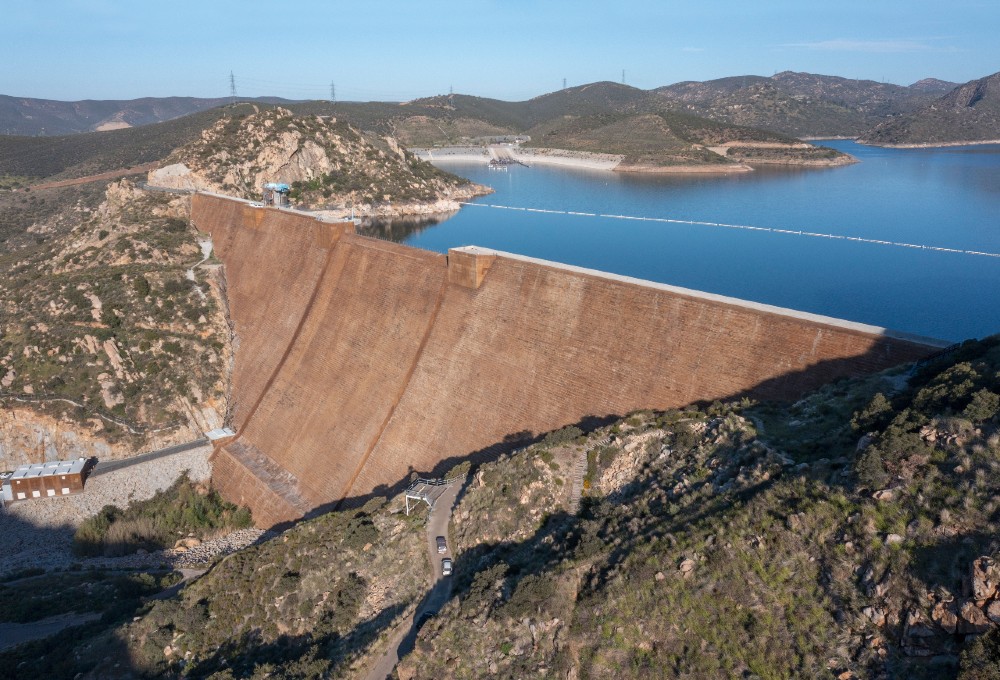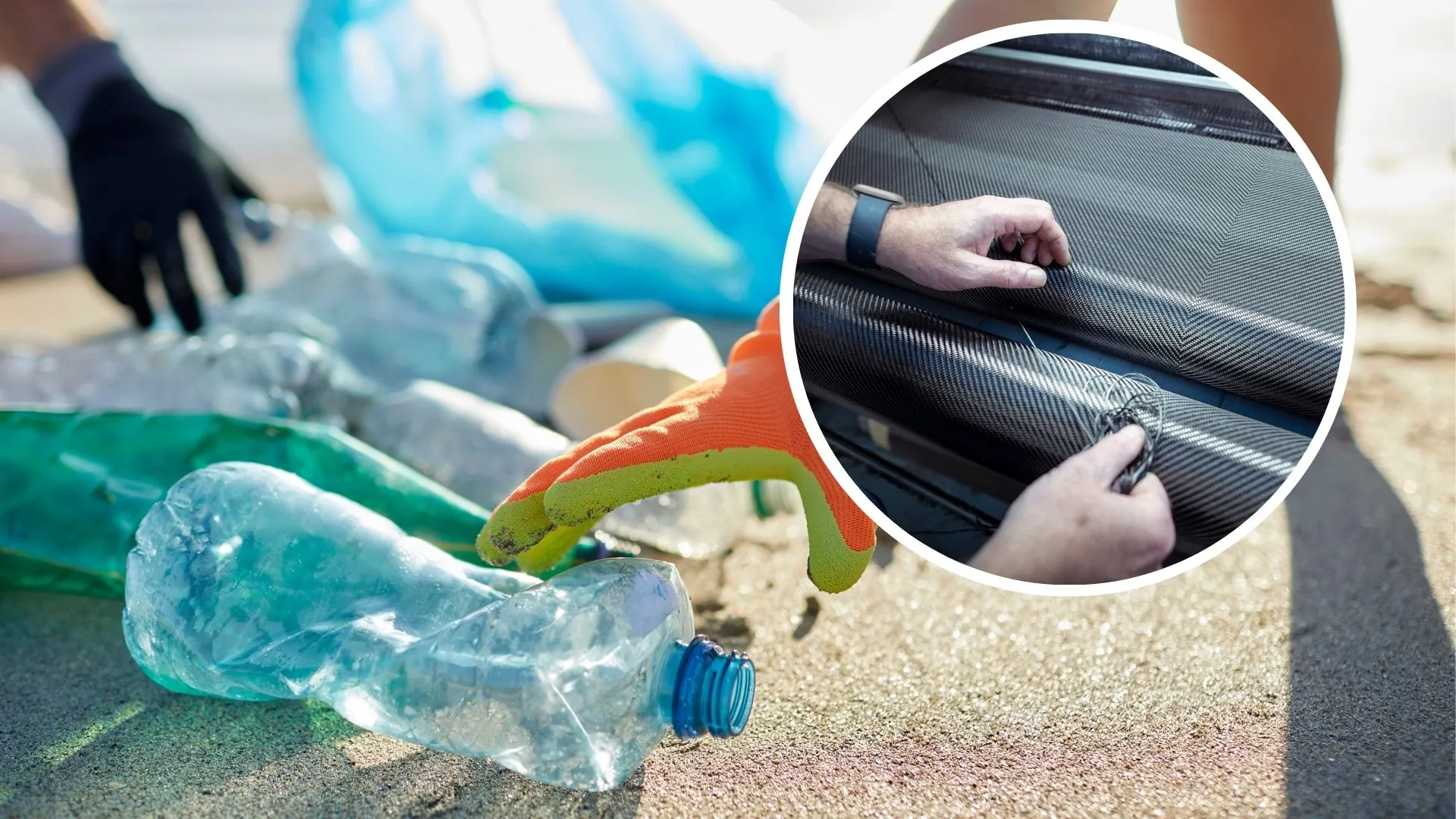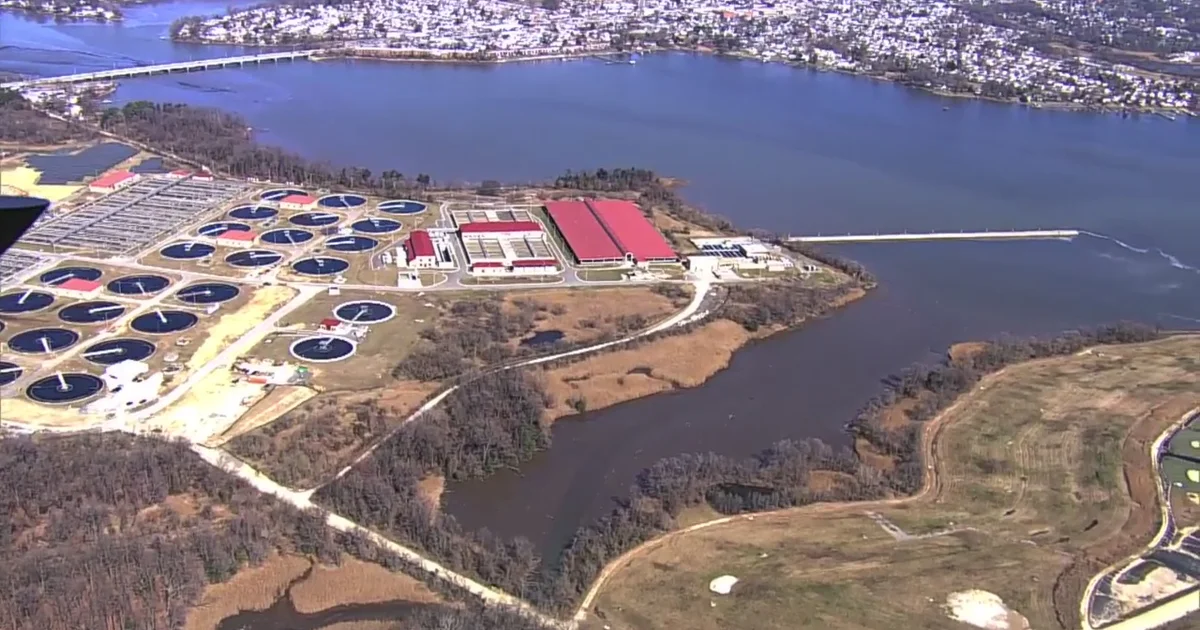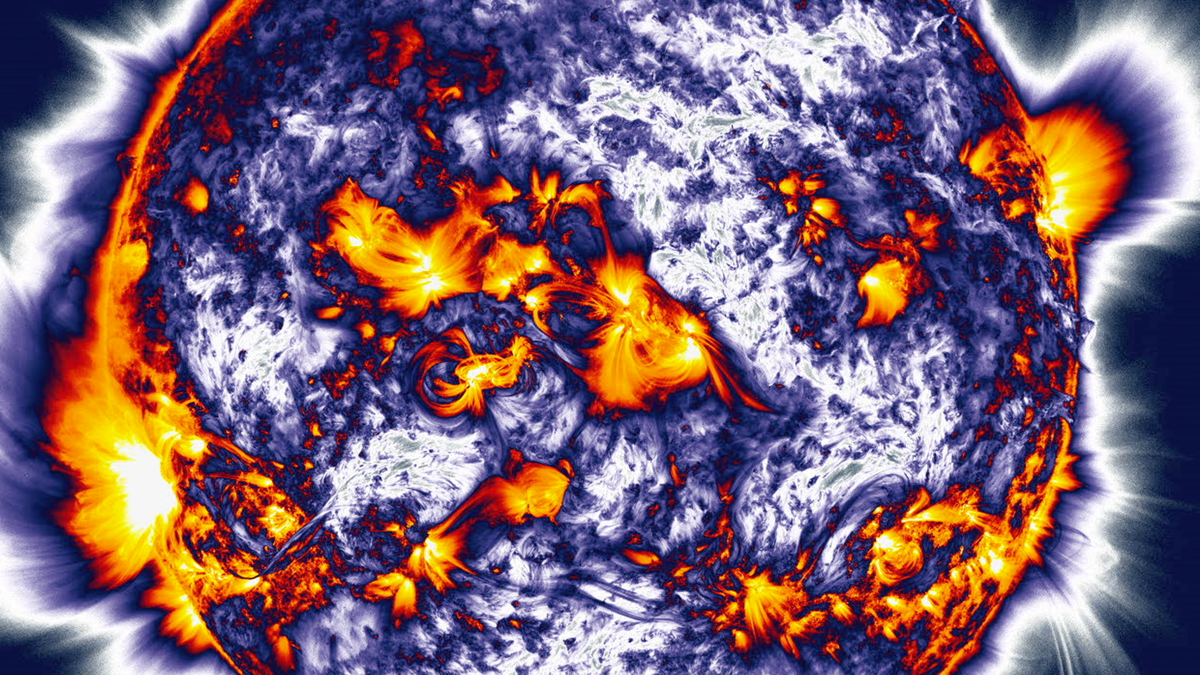Copyright timesofsandiego

The San Diego City Council will be returning to the topic of hiking water rates, just a few weeks after dropping the topic in the face of public backlash and reluctance to raise rates yet again. The council voted 8-1 in late September to delay a decision on a proposal to increase water and wastewater rates dramatically in the next four years. The item will return this week at 2 p.m. on Tuesday, October 28. More information about the meeting, including instructions for attending online, can be found here. The proposal before the council was to increase water rates by 63% through 2029 and wastewater rates by 31% in the same period. Dozens of city residents balked at the rate hike last month. So did council members. “This is a nonstarter,” said Councilmember Stephen Whitburn last month. “I want to send this back to staff and I want to see the lowest possible number.” “The main driver of the water rate increase is higher costs to purchase water from the San Diego County Water Authority, which are passed on to the city’s customers,” a statement from the city read. “Purchasing water from the SDCWA is the second largest individual expense for the entire city of San Diego.” Other reasons for the proposed hike include increasing costs of maintenance, rising energy rates, Pure Water Phase 1 operations and more. “The city is dedicated to minimizing rate increases for its customers by focusing on long-term financial planning, making strategic infrastructure investments, securing grants and low-interest financing, and maximizing the use of local water resources,” the city said in a statement. Periodic rate adjustments address critical challenges, the city said, including replacing aging infrastructure and addressing rising costs for materials, chemicals, and energy.. Studies prepared by the Public Utilities Department “demonstrate the need for increased revenues for both systems in order to maintain operations,” the city’s Independent Budget Analyst said. “In the current environment of declining water sales and wastewater flows which generate revenue for the systems, this inevitably means increasing rates.” But the IBA warned that “without additional revenues to support the system” the utilities department will need to cut expenses, either through decreased operating costs or lower spending on capital improvements, options that come with “significant risks and tradeoffs that the council should be aware of prior to making their final decision.” If the council had passed the proposed rate hikes, costs would have gone up in January. For a 1-inch meter, the monthly water service charge is $46.63. That would have increased to $56.83 in January 2026 and $65.08 the following year. By January 2028, the cost would have risen to $72.57, the $80.56 per month after January 2029. Rates all would have risen at a similar percentage, from the smallest meter sizes (5/8 and 3/4 of an inch) to 16 inches. The IBA determined that “the wastewater system is in a healthier position due to regular rate increases over the past four years, while the water system is in the most need of financial assistance due to increasing water purchase costs and lower financial buffers due to the lack of regular rate increases prior to 2023.” Lower rate revenues, the IBA found, “will require reductions to operating expenditures, with the most acute impacts occurring within the Water System during FY 2026 and 2027.”



